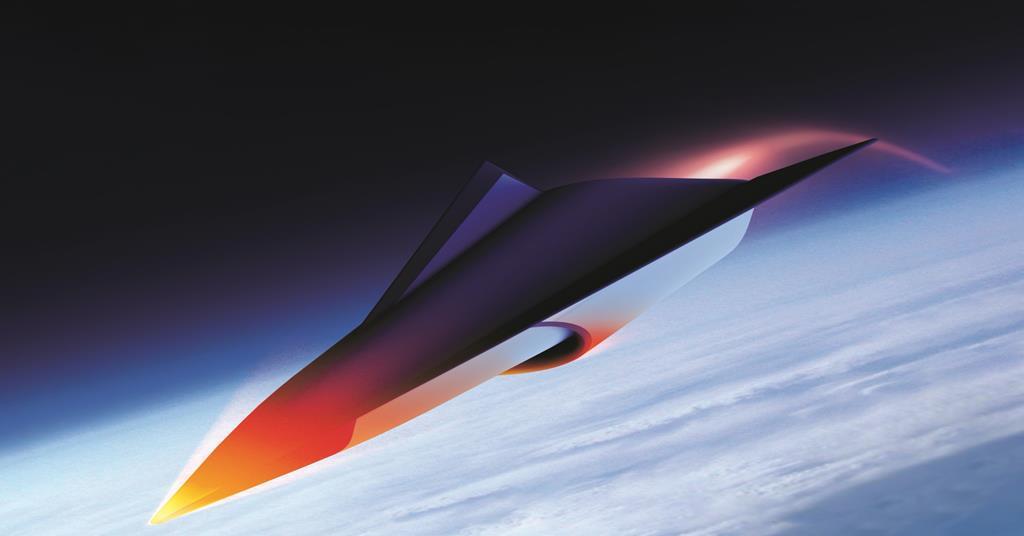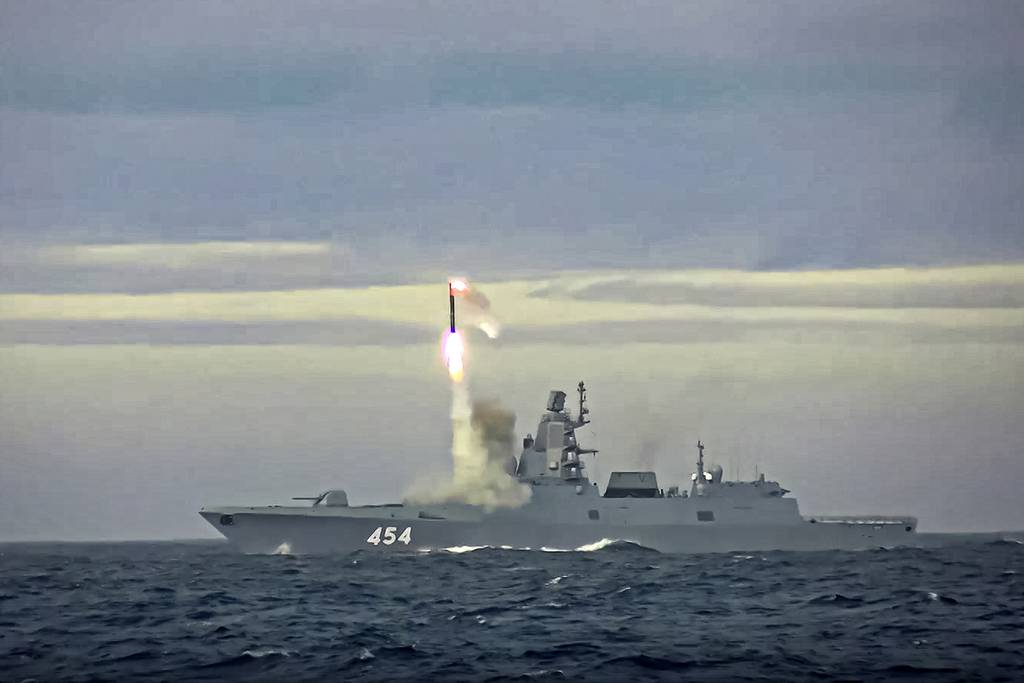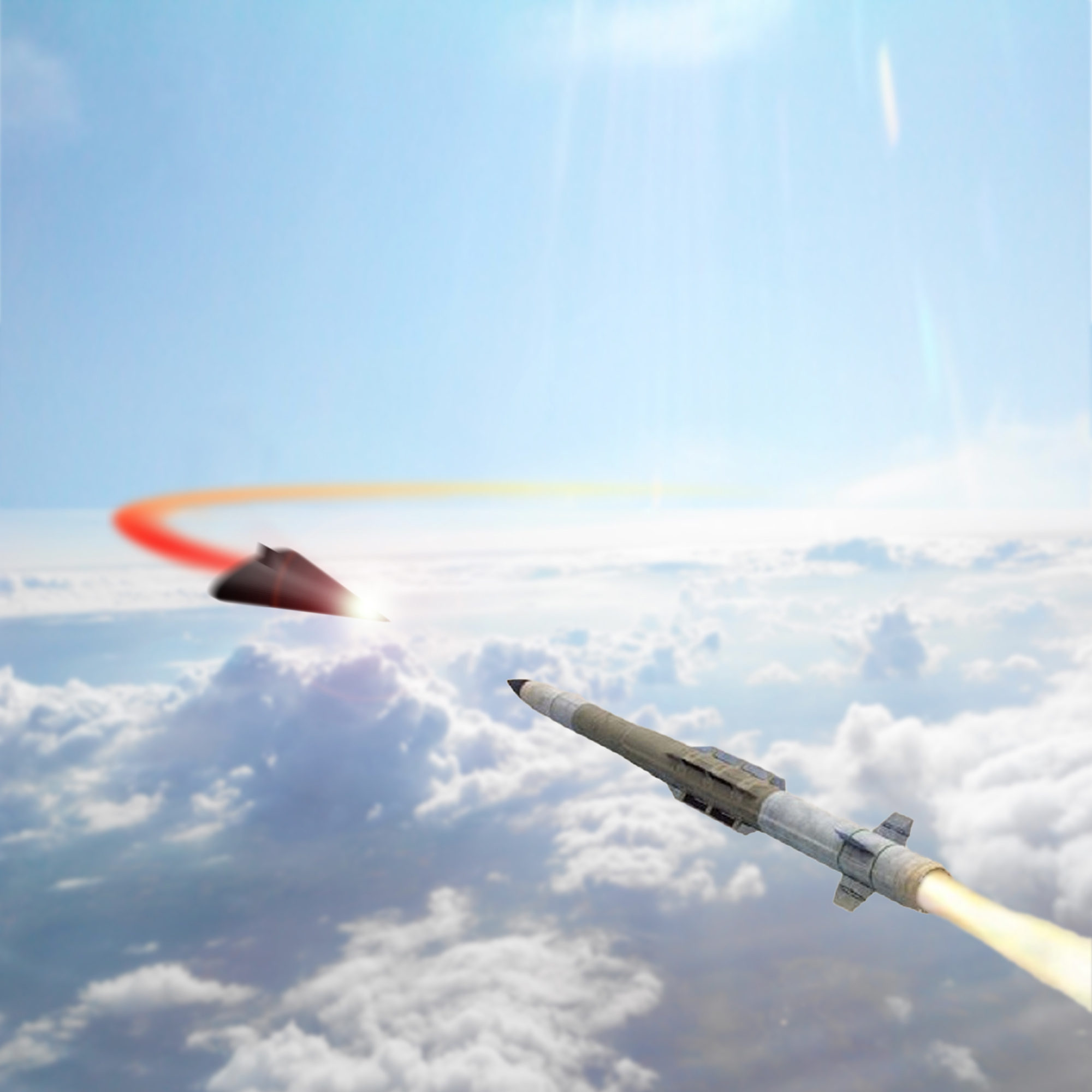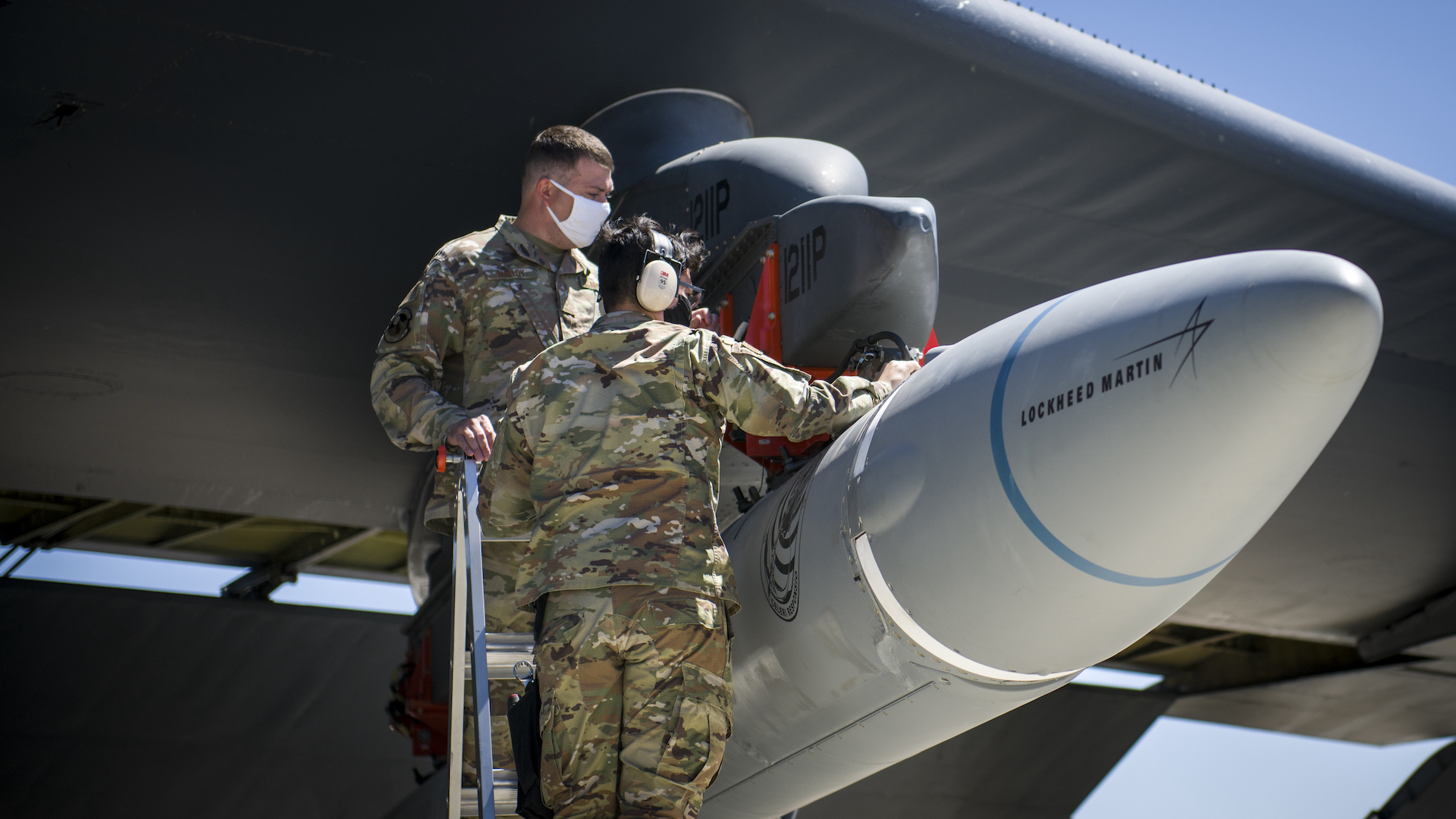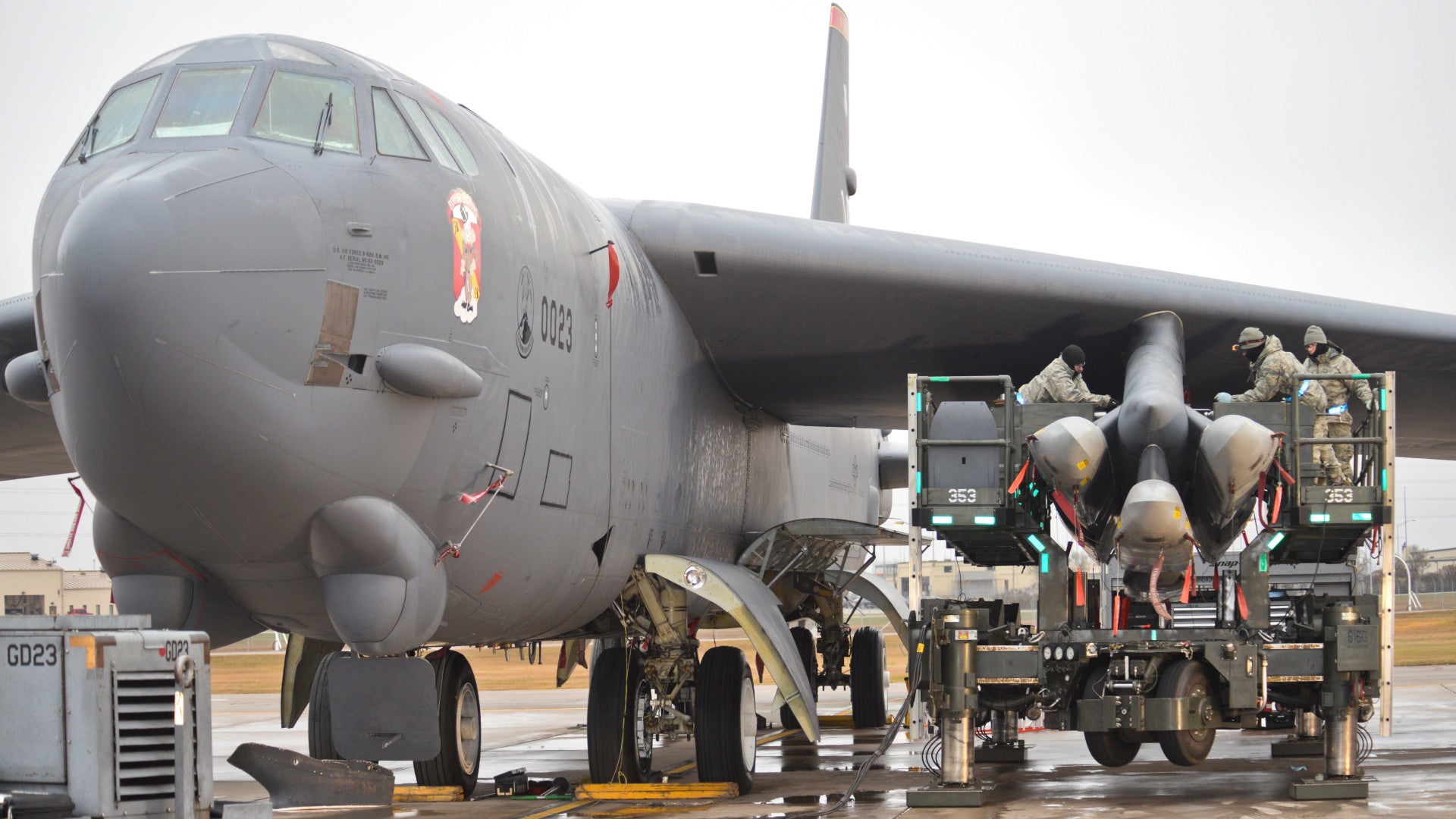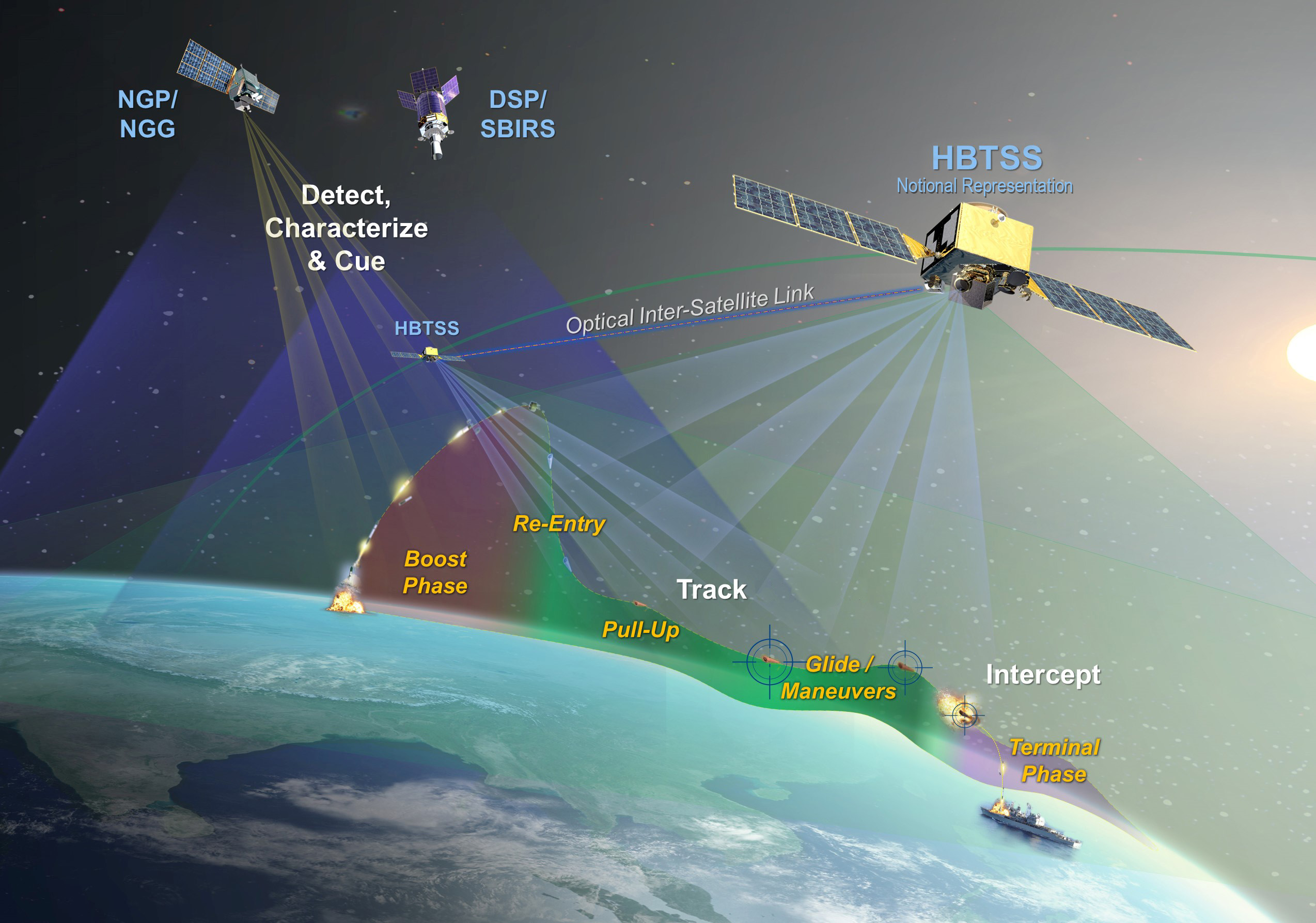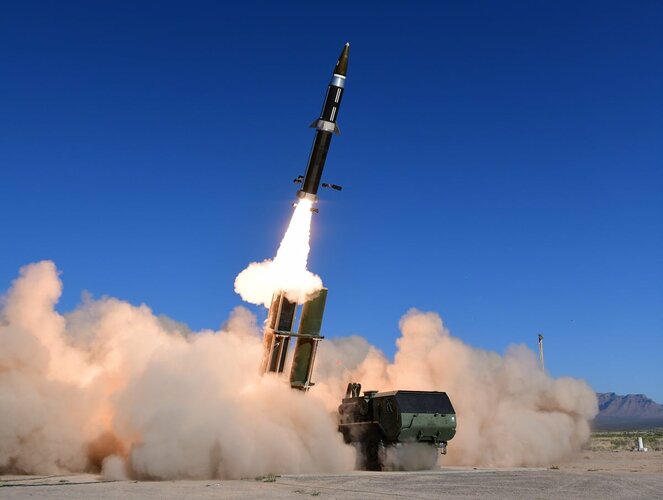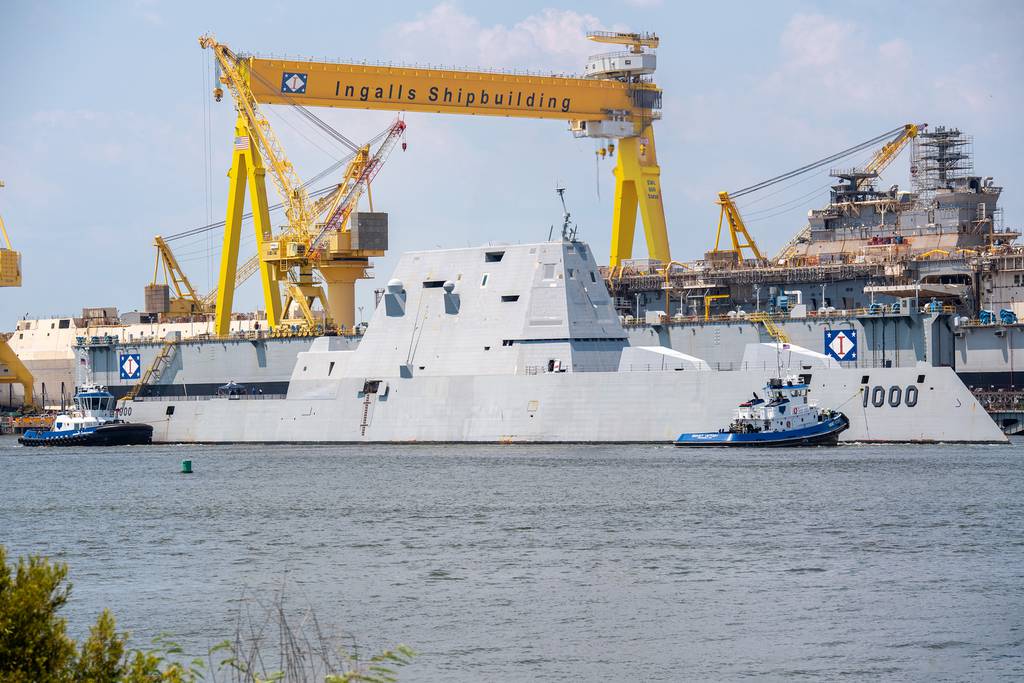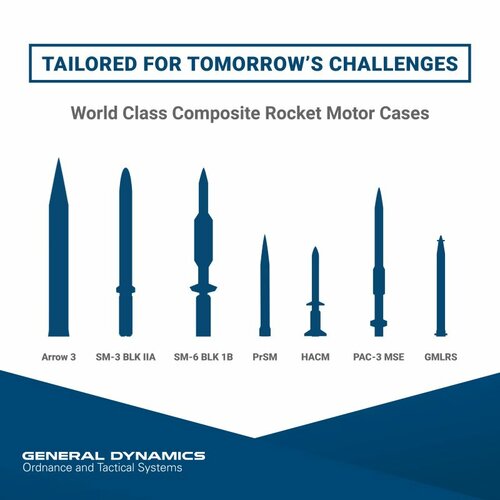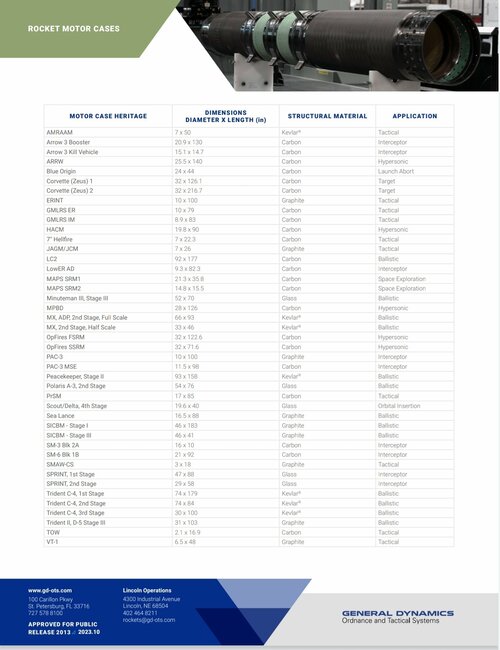It seems likely the USAF is maintaining two separate air breathing programs - one simpler and shorter ranged (HACM) and another black project that needs much more development but is longer ranged with a more benign launch envelope.
HACM seems like it might take the basic engineering of the X-51 and repackage it on a smaller, easier to produce platform to weaponize. We don't have any details of what the HAWC program's propulsion stack looked like, but the assumption is generally that it was boosted to its supersonic flow ignition speed by external rocket motor and is a straight scramjet (as opposed to dual mode ram/scram). This means the external booster has to get the cruiser to near hypersonic speeds all by itself. If HAWC/HACM retain the waverider wedge shaped combustion chamber of X-51, then an integral booster isn't feasible either. As such, I've long wondered if HACM would successfully translate to a strategic bomber. It would require a very large booster for launch at level flight and medium altitude, or alternatively require the launch platform to climb to a very high release point. A bomber might not be able to carry a combat load to sufficient height such that a direct boost to mach 4 at 50-70,000 feet was possible. HACM might require higher speed, altitude, or launch angle than a B-52 could manage. If HACM was just the quick and dirty way to get a lower cost hypersonic weapon with a more simple operating principle out the door, the USAF might accept the limitation of launching from high performance fighters only.
Alternatively, HACM might simply lack the range the USAF wants for unescorted strategic bombers. So far the HAWC distances we have seen are 300mi/500km+ (and it was not specified if they were powered through this entire distance), which is decent but lower than JASSM-ER by a pretty wide margin. USAF may want a follow on supersonic/hypersonic weapon with with very long stand off ranges. The fact that the SBIR mentions 1000+ miles and high speed seems to imply that there is another program with some kind of dual mode engine that could cruise at relatively high speed, and that perhaps it might accelerate to hypersonic in the end game to complicate interception. The SBIR specifically mentions "conventional" and "cruise" in the description of the weapon it is trying to accommodate*; perhaps this is what "CC" in HCCW stands for?
The GE engine development may be unrelated, but a compact RPD engine capable of relatively low mach ignition, highly fuel efficient cruise, and an ability to accelerate to hypersonic speeds in a contested area would certainly be on the USAF's wish list.
*the fact that the SBIR even includes this language, when it is not relevant to the request (they could have just said an extra heavy store for the sake of providing the use case) seems to be someone in the USAF leaving a very deliberate bread crumb trail.
